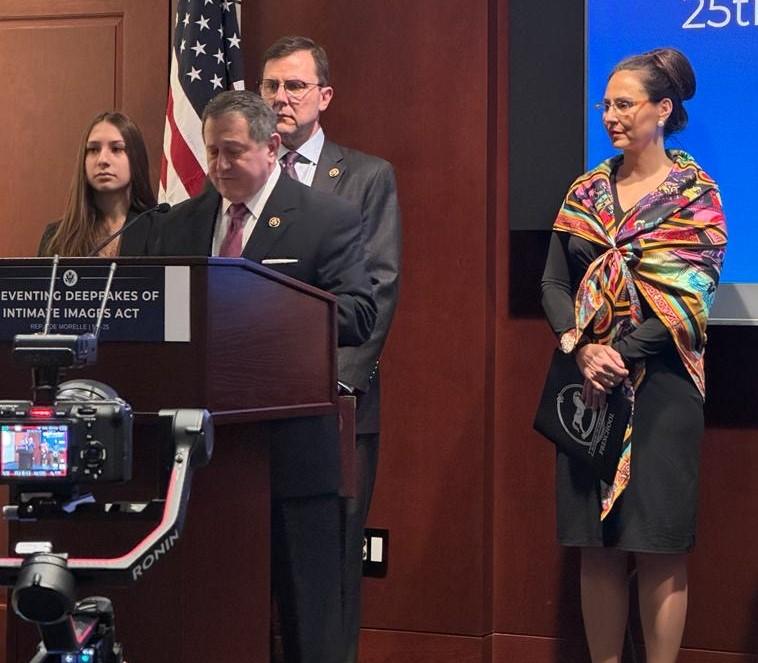Proponents of school choice funding for K–12 students have had wide-ranging and rapidly growing success on the state level over the past two years.
State legislatures across the country are increasingly passing bills that their governors are signing to provide families with options for how their taxpayer dollars are spent to educate their children.





